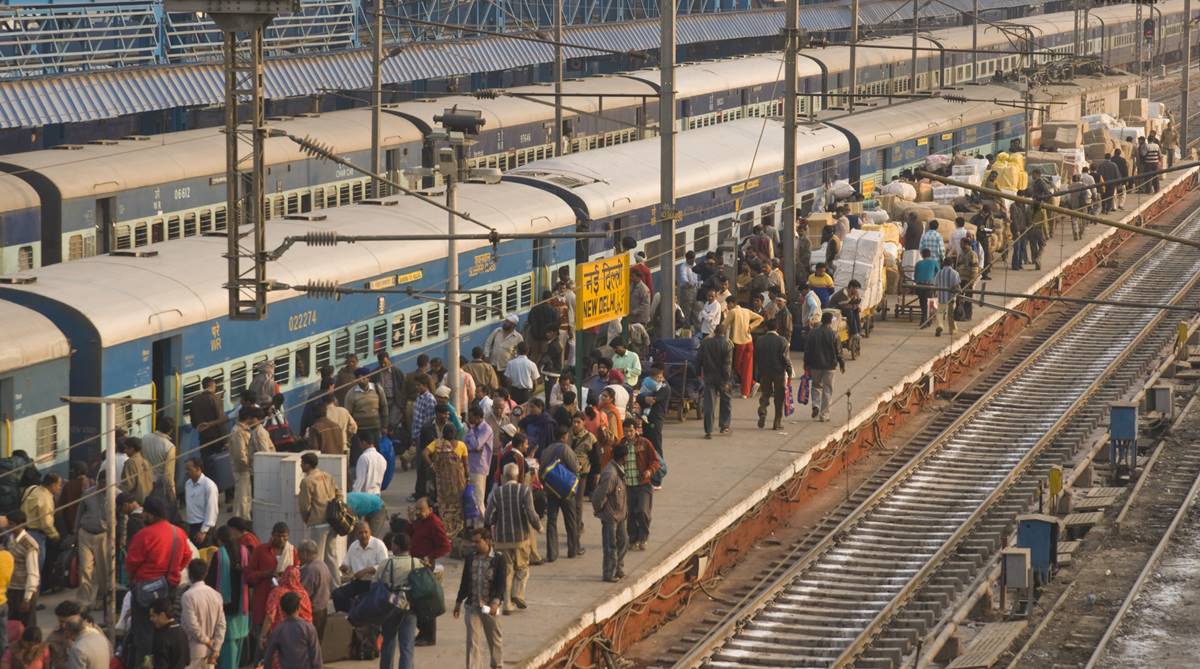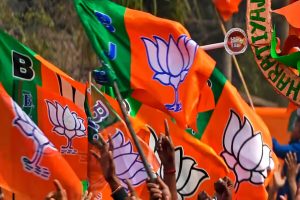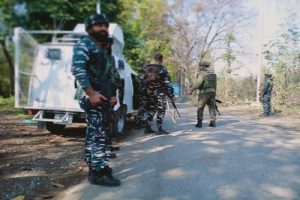They don’t figure in election promises, nor does their plight attract the attention of the apex court. Legal luminaries do not take up their cause through public interest litigation, and the Prime Minister does not feel it is necessary to pull up the Railway Minister for his department’s tardiness. And yet, in the silent loot that is perpetrated on them several thousand times every day, users of long-distance trains are each made to shell out between Rs 30 and Rs 75 when they travel on a train that is described as a “superfast” but takes scandalously longer than it ought to before it reaches its destination.
A random analysis of superfast trains – excluding Rajdhani and Shatabdi expresses which enjoy exalted status – coming to the national Capital from various state headquarters shows that several of these trains never reach on time, and many are significantly late, sometimes up to six-and-a-half hours on a 10-and-a-half hour run. And these shocking delays have taken place before the onset of the winter fog, which means travellers would have to suffer even more in the weeks to come.
Last November, Indian Railways had blithely “upgraded” 48 additional trains to the superfast category and thereby levied additional charges of Rs 30 on sleeper class tickets, of Rs 45 for second and third AC and Rs 75 for first AC classes.
With this, the number of trains designated as superfast touched 1072; impressive on the face of it but depressing when compared with performance. At the time itself, it was known that the decision was a desperate one to mop up more revenue and was not aimed really aimed at making journeys shorter.

In its report last July, the Comptroller and Auditor General of India had made scathing remarks about the imposition of the superfast levy saying that test audits had revealed many trains had not achieved the stipulated average speed of 55 kmph for broad-gauge services. But the CAG report did not cause even a ripple.
Of course, there is no provision in railway rules for refund of the superfast surcharge when because of delay the train ceases to be fast enough to make the grade.
For instance, on its 1722 km run between Bhubaneswar and Anand Vihar Terminus, the Nandan Kanan Express ought to run at an average speed of 59.89 kmph. When it is delayed by 7 hours 59 minutes, the average speed drops to 46.85 kmph; when it is delayed by four hours as it almost invariably is, the average speed drops to 52.5 kmph.
Similarly, if the Northeast express were to adhere to its schedule, it would operate at an average speed of 61 kmph between Patna and Delhi. But when it is four or more hours late, as it often is, the average speed drops to 47 kmph, insufficient to earn the superfast tag.
While The Statesman’s analysis of on-time performances of 22 superfast trains coming here from state capitals tells a sorry tale, it does not disclose the added inconvenience countless passengers face when after having planned to reach their destination in the evening and when buses and the Metro are available, they find themselves being fleeced by taxi and auto-rickshaw operators late at night.
Trains pick up speed only in Gujarat?
Trains that originate in Gujarat or pass through the Prime Minister’s home state show remarkable punctuality, suggesting that when the Railway Minister wants to please his boss, he is capable of doing so.
Trains from Mumbai to Delhi that pass Gujarat, and those from Ahmedabad to Delhi show on-time performances that verge on the incredulous when compared with those from other points of origin around the country.
As our analysis shows, even when they are late, it is by a few minutes and not as in the case of trains from Kolkata, Patna and Bhubaneswar by several hours each day.















